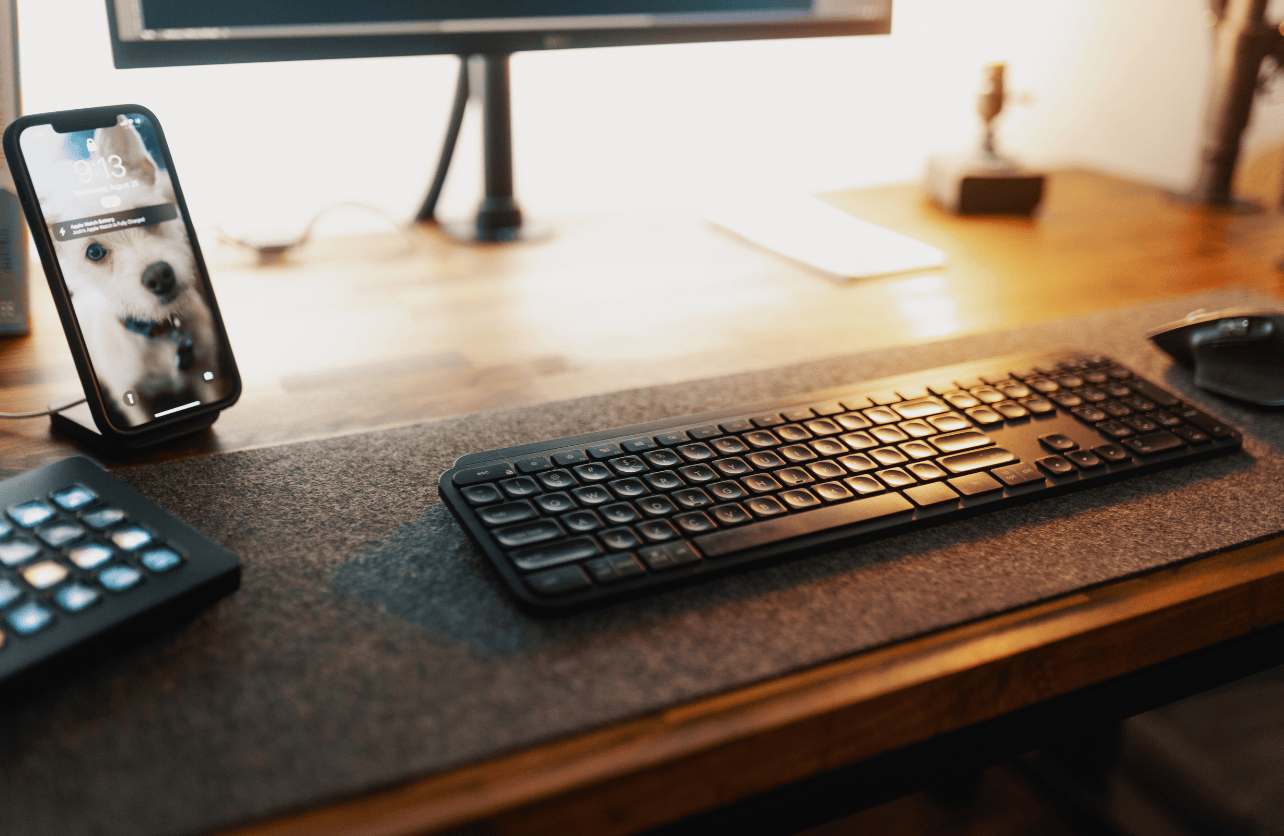Does Bluetooth Connect to a Motherboard? Here’s Everything You Need to Know

Whether you’re setting up a wireless keyboard, gaming headset, or file-sharing system, Bluetooth is an essential piece of the modern PC puzzle. But one question confuses many first-time builders and even some seasoned users: does Bluetooth actually connect to the motherboard?
The answer is yes, but it depends on your specific setup. Some motherboards come with Bluetooth built in, while others require some DIY to get there. If you’re not sure where your system stands or how to add Bluetooth if it’s missing, this guide will walk you through everything you need to know.
Some Motherboards Come with Built-In Bluetooth
Many mid- to high-end motherboards include Bluetooth as part of an integrated wireless package. If your motherboard has built-in Wi-Fi, there’s a good chance it includes Bluetooth too. That’s because both features often come bundled together on the same chipset or wireless module.
Motherboards with built-in Bluetooth will usually mention it clearly in their specs or model name—look for terms like “Wi-Fi 6E with Bluetooth 5.2” or “Integrated Wireless Connectivity.” This built-in feature is handy because it eliminates the need for external adapters or expansion cards, keeping your setup clean and your USB ports free.
Entry-Level Boards Often Skip Bluetooth
Budget-focused motherboards frequently omit Bluetooth to keep costs down. These boards are designed for users who may not need wireless features or who prefer to use wired peripherals. If your motherboard doesn’t explicitly mention Bluetooth in its feature list, it likely doesn’t have it.
In that case, don’t worry—you’re not stuck. There are several straightforward ways to add Bluetooth functionality to your system, even if your motherboard wasn’t built with it in mind.
USB Bluetooth Adapters Are the Easiest Upgrade
If your motherboard doesn’t support Bluetooth natively, the quickest and easiest solution is a USB Bluetooth dongle. These compact devices plug into any available USB port and instantly give your PC Bluetooth capabilities.
Installation is usually plug-and-play, especially with Windows 10 or newer operating systems. They’re affordable—often under $20—and work well for general use like connecting headphones, controllers, and phones.
However, not all USB adapters are created equal. Cheaper models may suffer from poor range, lag, or inconsistent connections, so if you’re using Bluetooth for gaming or audio streaming, it’s worth spending a few extra dollars on a reliable brand.
PCIe Expansion Cards Offer a More Integrated Option
For users who want better range, stronger performance, or a cleaner setup, a PCIe expansion card is a more powerful solution. These cards slot into your motherboard’s PCIe lanes and typically provide both Bluetooth and Wi-Fi connectivity.
Some of these cards even come with external antennas for improved signal strength—especially useful if your desktop is tucked under a desk or in a less-than-ideal location for wireless connections. Installation requires opening your case and attaching a cable to a USB header on the motherboard (for Bluetooth functionality), but once installed, the integration is seamless.
M.2 Modules Are Another (More Advanced) Option
Certain motherboards, particularly newer models, include an M.2 Key E slot that supports Wi-Fi and Bluetooth combo modules. These are the same modules used in laptops and offer a tidy, internal solution.
Installing one of these modules involves a bit more technical knowledge. You’ll need to ensure your motherboard supports the correct M.2 format and may need to attach antenna cables and connect to a USB header for Bluetooth to function. If you’re comfortable working inside your system and want a fully internal wireless solution, this is a sleek and powerful option.
How to Check if Your System Has Bluetooth
Before adding anything, it’s a good idea to check whether Bluetooth is already active in your system.
On Windows, open Device Manager and look for a Bluetooth category. If it’s there, you’re good to go.
You can also go to Settings > Devices > Bluetooth & other devices. If you see a toggle or options to add Bluetooth devices, it’s already installed.
If you’re unsure, look up your motherboard model on the manufacturer’s website and check its specs.
Summing Up
Bluetooth can absolutely connect to a motherboard—either because it’s built-in or added through external or internal hardware. If your current setup doesn’t support it, the good news is that adding Bluetooth is easier than ever. Whether you go with a simple USB dongle or a more permanent PCIe or M.2 solution, there’s a reliable option out there for your build, budget, and skill level.
As wireless devices continue to dominate the desktop environment, Bluetooth isn’t just a convenience—it’s practically a necessity. And fortunately, no matter what motherboard you’re working with, there’s always a way to bring it onboard.
Your Trust, Our Core Commitment
At Rising Tech, earning and maintaining your trust is the cornerstone of our mission. We're dedicated to transparency, impartiality, and the relentless pursuit of truth in every article, review, and recommendation we publish. Our commitment to these principles ensures that you, our valued reader, are always equipped with reliable and unbiased information. Let us be your trusted guide in the ever-evolving world of technology.